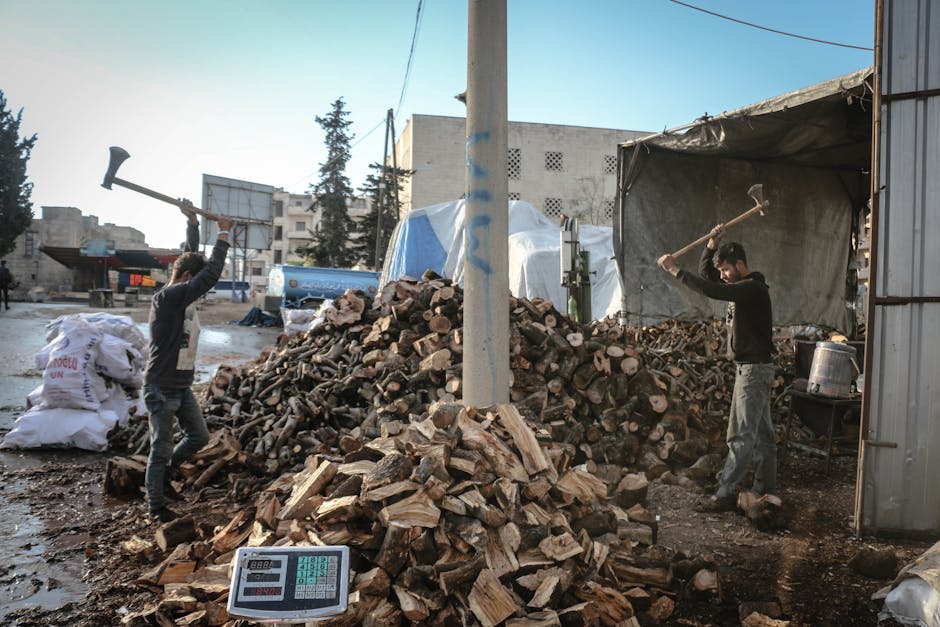Understanding the Tornado Strength Scale: From EF0 to EF5 and Beyond
Tornadoes, nature’s most violent windstorms, are terrifying forces of destruction. Understanding their strength is crucial for effective preparedness, damage assessment, and ultimately, saving lives. This comprehensive guide delves into the Enhanced Fujita (EF) Scale, the widely accepted system used to rate tornado intensity. We’ll explore each level, outlining the associated wind speeds, damage indicators, and the devastating power these storms possess.
The Enhanced Fujita Scale (EF Scale): A Closer Look
The EF Scale, introduced in 2007, replaced the older Fujita Scale (F-Scale). It provides a more accurate and nuanced assessment of tornado damage, correlating wind speeds with observed damage to structures and vegetation. Unlike its predecessor, the EF Scale incorporates detailed damage indicators, leading to more reliable estimations of wind speeds even in situations where direct wind speed measurements are unavailable.

How the EF Scale Works: Damage Indicators and Wind Speeds
The EF Scale ranges from EF0 (weakest) to EF5 (strongest). Each rating corresponds to a specific range of estimated wind speeds and a set of characteristic damage indicators. Trained meteorologists and damage survey teams use these indicators—such as damage to trees, buildings, and other structures—to assign a tornado its EF rating after a storm event. The scale isn’t based solely on wind speed estimations from Doppler radar, as these can be unreliable in the chaotic environment surrounding a tornado.
Understanding the EF Ratings
Let’s break down each EF rating in detail:
EF0: Weak Tornado (65-85 mph)
- Damage indicators: Minor damage to trees, such as broken branches; some damage to chimneys; light damage to signs and awnings.
- Description: These tornadoes are often brief and localized, rarely causing significant structural damage.
EF1: Weak Tornado (86-110 mph)
- Damage indicators: Roof damage to houses; mobile homes damaged or overturned; trees uprooted; light structural damage to buildings.
- Description: While still relatively weak, EF1 tornadoes can cause significant damage to poorly constructed buildings and can be very dangerous to those caught in their path.
EF2: Strong Tornado (111-135 mph)
- Damage indicators: Roofs torn off of houses; mobile homes completely destroyed; considerable damage to trees; significant structural damage to well-constructed buildings.
- Description: EF2 tornadoes represent a considerable increase in destructive power. They are capable of inflicting serious damage to homes and businesses.
EF3: Strong Tornado (136-165 mph)
- Damage indicators: Houses leveled; significant damage to reinforced buildings; trains overturned; trees debarked.
- Description: EF3 tornadoes cause widespread, devastating damage. Significant structural failures are common, leading to serious injuries and fatalities.
EF4: Violent Tornado (166-200 mph)
- Damage indicators: Houses and well-constructed buildings destroyed; cars thrown considerable distances; significant deformation of steel-reinforced structures.
- Description: EF4 tornadoes represent extreme danger. They can level even sturdy homes and inflict catastrophic damage over a wide area.
EF5: Violent Tornado (above 200 mph)
- Damage indicators: Houses completely leveled; substantial damage to steel-reinforced structures; vehicles lifted and thrown long distances; large objects carried for considerable distances.
- Description: EF5 tornadoes are extraordinarily rare, representing the most intense and destructive category. The damage they inflict is virtually total, leaving behind a path of immense devastation.
Beyond the EF Scale: Other Factors to Consider
While the EF Scale provides a critical framework for understanding tornado intensity, it’s important to remember that it’s just one piece of the puzzle. Other factors influence the overall damage caused by a tornado, including:

- Tornado path length and width: A longer and wider path means more area affected.
- Ground conditions: The type of terrain can affect the tornado’s destructive capacity.
- Construction quality of buildings: Well-built structures fare better than poorly constructed ones.
- Duration of the tornado: Longer-lasting tornadoes inflict more extensive damage.
Importance of Tornado Preparedness
Understanding the EF Scale and the destructive power of tornadoes is vital for promoting preparedness. Having a plan in place, staying informed about weather warnings, and knowing your local safe spaces are crucial steps in minimizing the risk of injury or fatality during a tornado event. Heed all warnings issued by local authorities and seek shelter immediately when a tornado warning is issued.
Conclusion
The EF Scale serves as an invaluable tool for understanding and classifying the devastating power of tornadoes. By comprehending the different levels of intensity and associated damage indicators, we can better prepare for, respond to, and mitigate the risks posed by these powerful storms. Remember that preparedness and understanding are key to safeguarding lives and minimizing damage during tornado season.


